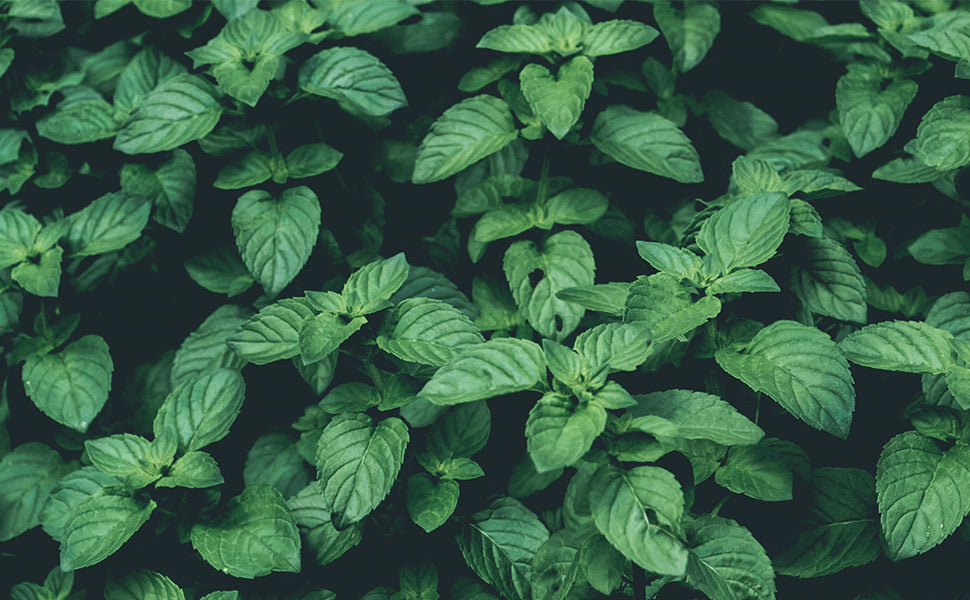STORAGEWORKS - June 21, 2024
Relationship Between Pets and Plants | What Plant Species to Choose?
There are two things most people love: pets and plants. According to Forbes, 66% of US homeowners own a pet in 2024. Another survey by Statista revealed that 89% of respondents owned at least one plant. If you're also someone who adores both, it's essential to understand the intricate relationship between pets and plants. While certain plants can be adored by pets, others may pose risks.
This article is your complete guide on the types of plants pets like, dislike, and toxic for them. Let's begin!
All these hanging organizers feature strong boards to support the weight of your belongings safely and to keep the shelves from losing shape. They also have useful side pockets to hold your smaller items while giving you easy access to the contents. The elegant, minimalist style means they can be employed openly, and they will blend into your decor with ease. Ideal for storing sweaters, shirts, knitwear, pants, handbags, shoes, hats, socks, ties, etc. Also, they are all collapsible, meaning that they can be easily stored when not in use.

Plants Pets Like
Here's a list of plants that are pet-friendly, which means whether it's your pooch or little kitten, they'll feel safe around them:
Chinese Money Plant
The first option on our list is the Chinese Money Plant, which belongs to the Stinging Nettle family and is also known as Pilea Peperomioides. It's adorable and has a pleasant green color that quickly catches the eye. The leaves of this affordable plant are coin-like with a shiny and waxy texture. Place them in medium to bright light, and you'll see them flourish beautifully.
Pros
● Works as an air purifier, removing all toxins from the environment
● Adapts quickly to changing light conditions
Cons
● Grow quickly and in an irregular shape

Hoya Varieties
Hoya Varieties refer to a group of Hoya plant species such as Carnosa, Caudata, Obovata, Kerrii, Linearis, etc. These plants are pet-friendly and are popular for their thick, waxy leaves. Bright light and frequent watering are enough to keep your Hoya Plants fresh for a long.
Pros
● Add humidity to the air and is quite effective against allergens
● Naturally release oxygen in the air, improving overall air quality and saving the planet
Cons
● Slow growers

Plants Pets Don't Like
The following are some plants that aren't toxic to pets but act as a deterrent:
Marigolds
Native to Central America and Mexico, Marigolds are an amazing addition to your lawn. They are low maintenance and have blossoms of different colors like red, orange, yellow, copper, brass, and white. However, despite their beauty, these plants aren't liked by pets, especially dogs, due to their sharp scent, which is a blend of citrusy, green, and subtly spicy notes.
Geraniums
Geraniums are the most popular greenhouse plants available in a variety of colors, such as mauve, pink, purple, or white. They require full light and moderate watering to grow properly. In your garden, these plants add an aesthetic factor and also have a floral scent that irritates pets like cats. Not only this, but they have thorns that make it quite difficult for your pets to walk.

Plants Toxic for Pets
There are plenty of plant species that are toxic to your pets. You should know about them to ensure you create a safe living environment for your pets while also having some greenery around.
Amaryllis
It's a bulbous plant with trumpet-shaped flowers that grow between 4 and 10 inches in size. However, it can be quite dangerous for your pets. It can cause issues like:
● Vomiting
● Diarrhea
● Belly Tenderness
● Weight Loss
Tulip
Belonging to the Lily family, the Tulip is the favorite plant of many due to its bold color and cup-shaped flowers. However, these exotic plants can be really dangerous for your pets, resulting in health issues such as:
● Shortness of Breath
● Drooling
● Convulsions
Conclusion
You must carefully select the right plants for your home if you have pets. Understand the relationship between pets and plants, look out for toxic species, and make sure you only opt for pet-friendly plants like Chinese Money Plant and Hoya Varieties. You can consult with the vendor or research online to make a wise decision.


